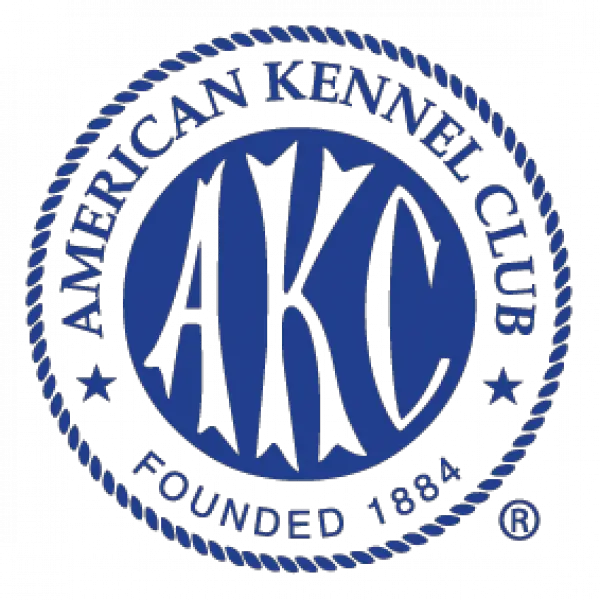Basque Shepherd History
The Basque Shepherd is a newer hybrid, or designer, breed of dog that has been developed in the US by combining two older breeds: the Berger Picard and the Komondor. The parents of the Basque Sheepdog are the Berger Picard and the Komondor. The Berger Picard is the origin of the modern sheepdog and the Komondor is the original guardian of the livestock. The Pyrenees Mountains form a natural barrier between Northern Spain and Southern France, and the shepherds of the Pyrenees often developed herding dogs that were able to cross over the mountain range to graze their herds on the other side. The Basque people, who were originally from Southern France, were driven westwards into Spain by the invading French during the Middle Ages. The Basque people were skilled cattle breeders and migrated towards areas in Spain where they found that their sheep and goat herding skills were much appreciated by the locals. The Spanish government allowed them to continue using their traditional, skilled methods, and they flourished there. The relationship between these two groups, the Spaniards and the Basques, is symbolized by the famous painting, “La Paz y Buendia”, or “Peace and Trade”. The shepherd dogs of the Pyrenees and the Spanish Borderlands were crossed with native Spanish breeds in order to develop more efficient and hardy working dogs.
Basque Shepherd Physical Characteristics
The Basque Shepherd is a medium to large sized, long coated breed of herding dogs. They are also known as (Basque) Pyrenean Mountain Dog. The Basque Shepherd breed is a medium sized, large, strong, muscular, agile, energetic and well balanced working dog. The ears are semi-drop, short and pointed. They have a double coat of coarse, straight, hard hair. The tail is curled over the back, the tip is white. They have a calm, well-proportioned, strong and massive head. Their nose is broad, flat, and black. The eyes of the dog are dark brown. The teeth meet in a scissors bite. The legs are long, thick, and round. The paws are large and oval. The height at the withers is 19 to 24 inches. The weight is about 85 to 110 pounds. The preferred color is fawn.
Eye Colors
Brown, Amber
Nose Colors
Black
Coat Colors
Red, Isabella, Fawn
Height Range
Male Height Range: 19 – 25 inches
Female Height Range: 18 – 23 inches
Weight Range
Male Weight Range: 40 – 79 lbs
Female Weight Range: 37 – 66 lbs
Basque Shepherd Health
Description of breed health.
Lifespan
10-15 yrs
Basque Shepherd Health Concerns
Canine Hip Dysplasia (Chd), Gastric Dilation Volvulus (GDV) or Bloat, Ear Infections, Cataracts, Congenital Heart Defect (CHD)
Basque Shepherd Temperament and Behaviour
The Basque Shepherd is a loyal, loving, and protective breed. They are gentle with children and make great family pets. They are highly intelligent and easily trained. Basque Shepherds are very active and require plenty of exercise.
Basque Shepherd Activity Requirements
The Basque Shepherd, also known as the Iparralde, was developed in France and is used mostly for herding. They are a medium-sized, muscular dog, with a strong work ethic. The Iparralde is a working breed of dog, and they will need a job to do in order to be happy. Regular walks and training sessions will be enough to keep your Iparralde happy. They are highly intelligent and respond well to training. The Iparralde can make an excellent companion for an active person. They are extremely loyal and devoted to their owners. They tend to be calm and reserved, getting along very well with children. If you are looking for a good guard dog, however, you may want to choose a different breed. The Iparralde tends to be friendly and gentle with people and animals, and they are not suited for protection.
Miles Per Day
14 miles
Activity Per Day
90 minutes
Daily Food
2 cups
Kennel Club Recognition

American Kennel Club
Not Recognized
Basque Shepherd is part of the Unclassified group.
Visit the American Kennel Club website.

The Kennel Club
Not Recognized
Basque Shepherd is part of the Unclassified group.
Visit the Kennel Club website.

Australian National Kennel Council
Not Recognized
Basque Shepherd is part of the Unclassified group.
Visit the Australian National Kennel Council website.

Canadian Kennel Club
Not Recognized
Basque Shepherd is part of the Unclassified group.
Visit the Canadian Kennel Club website.